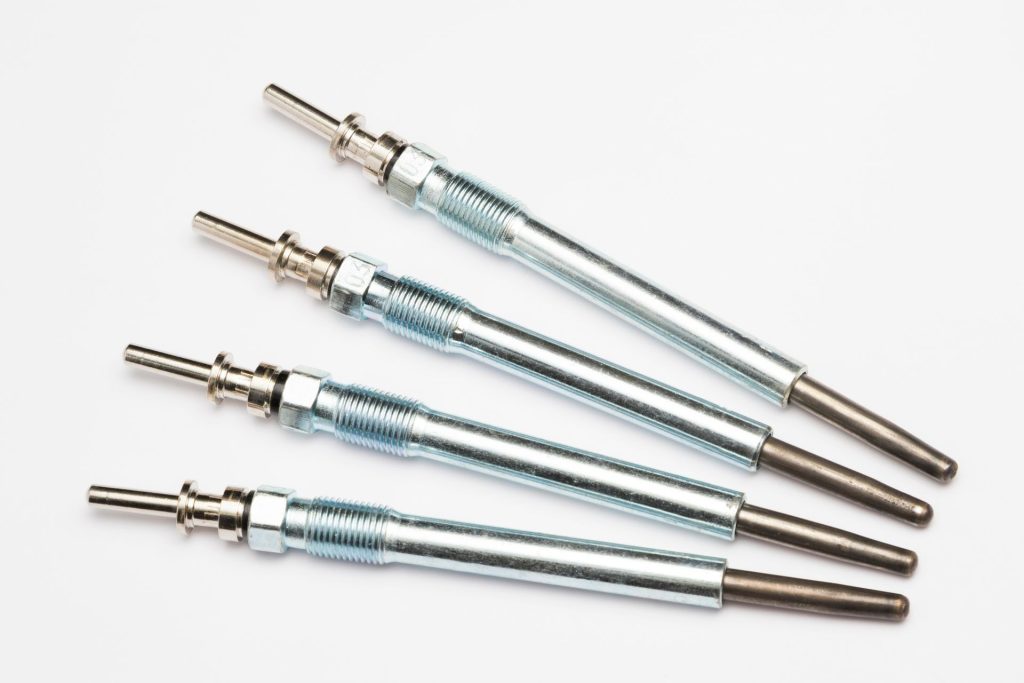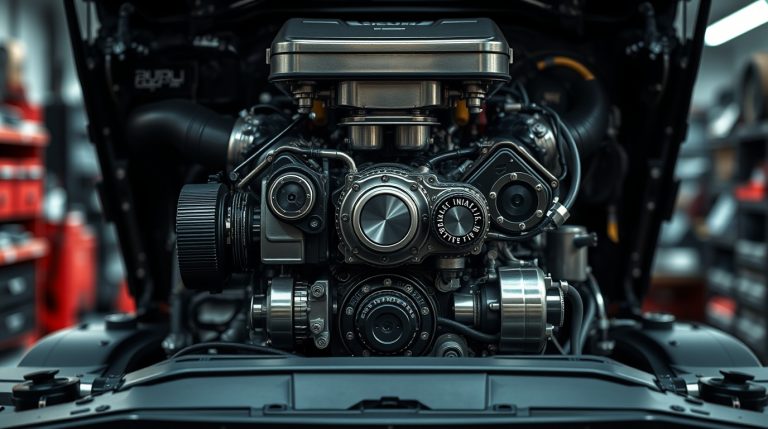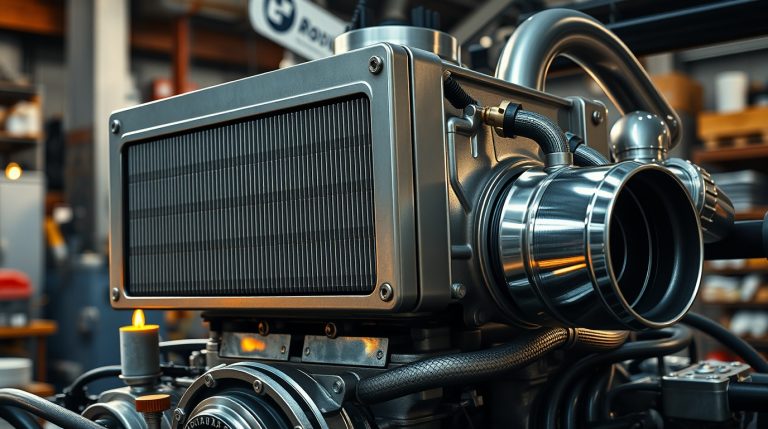

Introduction
If you drive a diesel-powered vehicle, you’ve likely heard of glow plugs. These small yet powerful components play a crucial role in ensuring your engine starts smoothly, especially in cold weather. Unlike gasoline engines that rely on spark plugs, diesel engines depend on compression to ignite fuel. But in frigid temperatures, that process needs a helping hand—this is where glow plugs come in. In this guide, we’ll break down everything you need to know about glow plugs, how they work, and why they’re essential for cold starts.
What Are Glow Plugs?
Glow plugs are small heating elements that assist diesel engines in the combustion process. They work by heating the air inside the combustion chamber, making it easier for the diesel fuel to ignite. Unlike spark plugs, which produce a spark, glow plugs generate heat to aid in combustion, particularly in cold weather when diesel engines struggle to start.
How Do Glow Plugs Work?
Glow plugs function by:
- Preheating the Engine: When you turn the key, the glow plug heats up the combustion chamber before fuel injection.
- Aiding Cold Starts: In colder conditions, the air inside the cylinders may not be warm enough for combustion. Glow plugs compensate for this by providing additional heat.
- Post-Start Assistance: Some modern glow plugs continue to operate briefly after the engine starts to ensure smooth idling and fuel efficiency.
Why Are Glow Plugs Essential for Cold Starts?
Diesel engines rely on high compression to ignite the fuel-air mixture. However, in cold temperatures, the air inside the cylinders is much colder, making it difficult to achieve efficient combustion. Without glow plugs, a diesel engine may struggle to start or misfire, leading to:
- Increased wear on engine components
- Excess fuel consumption
- Higher emissions due to incomplete combustion
Signs Your Glow Plugs Need Replacement
Like any engine component, glow plugs wear out over time. Here are some common signs that indicate failing glow plugs:
- Difficult Cold Starts: If your diesel engine takes longer to start in the morning, it could mean your glow plugs are worn out.
- Engine Misfires: Faulty glow plugs can lead to incomplete combustion, causing the engine to misfire or run rough.
- White or Black Smoke: Excessive smoke from the exhaust on startup can indicate unburned fuel due to ineffective glow plugs.
- Decreased Fuel Efficiency: When glow plugs don’t heat properly, the engine burns more fuel, reducing efficiency.
How Often Should You Replace Glow Plugs?
Most glow plugs last between 100,000 to 150,000 miles, but their lifespan depends on factors such as engine usage, climate, and maintenance. It’s best to inspect glow plugs regularly, especially before winter, to ensure optimal performance.
Choosing the Right Glow Plugs for Your Vehicle
When replacing glow plugs, consider:
- OEM vs. Aftermarket: Original Equipment Manufacturer (OEM) glow plugs are designed for your specific vehicle, ensuring compatibility and performance.
- Material: Glow plugs come in ceramic or metal options. Ceramic plugs heat up faster and last longer, making them ideal for cold climates.
- Voltage Rating: Ensure you choose glow plugs with the correct voltage for your engine.
Tips for Maintaining Your Glow Plugs
To extend the life of your glow plugs and ensure smooth starts, follow these maintenance tips:
- Regular Inspection: Check glow plugs annually, especially before winter.
- Use High-Quality Diesel Fuel: Low-quality fuel can lead to carbon buildup on glow plugs, reducing efficiency.
- Avoid Excessive Idling: Long idling periods can wear out glow plugs prematurely.
- Follow Manufacturer Recommendations: Stick to the service schedule provided by your vehicle’s manufacturer for optimal performance.
Conclusion
Glow plugs are a vital component of any diesel engine, ensuring smooth and reliable cold starts. By understanding their function, recognizing signs of failure, and maintaining them properly, you can enhance engine performance and prevent unnecessary repairs. If you suspect your glow plugs need replacement, consult a professional mechanic to ensure your diesel engine stays in peak condition all year round.
FAQ
1. How long do glow plugs take to heat up? Most glow plugs take between 2 to 10 seconds to reach the required temperature for ignition, depending on the type and engine model.
2. Can I drive with a faulty glow plug? While it’s possible, a bad glow plug can lead to rough starts, misfires, and poor fuel efficiency. It’s best to replace them as soon as possible.
3. Are glow plugs and spark plugs the same? No, glow plugs are used in diesel engines, while spark plugs are used in gasoline engines.
4. How much does it cost to replace glow plugs? The cost varies but typically ranges from $100 to $300 for parts and labor, depending on the vehicle make and model.
5. Do all diesel engines have glow plugs? Not all diesel engines require glow plugs. Some heavy-duty models use intake heaters or other starting aids instead.
By staying proactive with glow plug maintenance, you can keep your diesel engine running smoothly, even in the coldest temperatures!




